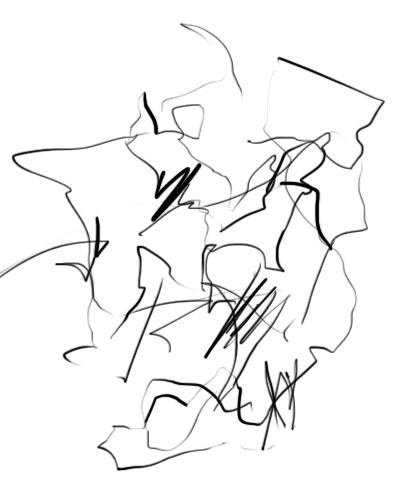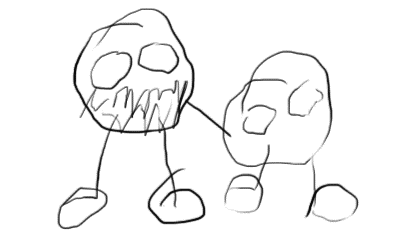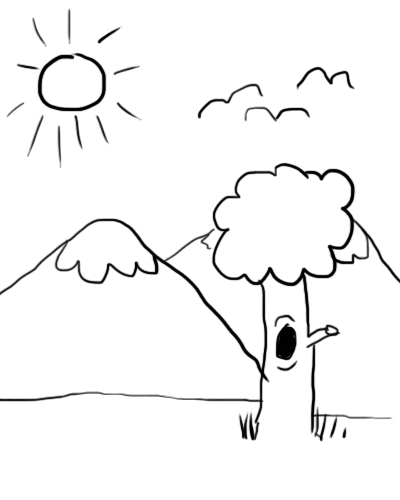Viktor Lowenfeld – Creative & Mental Growth
Artistic Development : The exceedingly elusive thing of improving through maturity, experience, knowledge, discover, influences, desire, practiced, creativity etc.
SCRIBBLE ( 1 – 3 years old )

Scribble stage has 4 sub-stages disordered, longitudinal, circular and naming.
Disordered – The child draw with uncontrolled marking.
Longitudinal – The child draw with repetitions of motion.
Circular – The child further exploring of controlled motions demonstrating of the ability to do more complex forms.
Naming – The child visualize the picture. At this stage changes happens through kinesthetic thinking of motion to imaginative thinking.
PRESCHEMATIC ( 3 – 4 years old )

At this stage the child represented the appearance of circular image with line which seems to human or animal.
The drawing shows the child perceives as most important about the subject and understanding of space.
SCHEMATIC ( 5 – 6 years old )

At this stage the child drawing is easily to be recognized by demonstrated the concept of the space, the shape and object have relationship easily definable.
Furthermore, exaggeration between figure (e.g human taller than the house, family members large and small) shown to express the strong feelings about the subject.
DAWNING REALISM ( 7 – 9 years old)

At this stage, this is a period of self awareness to the point extremely being self critical and they attempts at realism by the child’s point of view.
Realism is not about perfection but clearly defined with feelings for details often in resulting “stiffness” in representation.
Besides that, three dimensional effects are achieved along with the shading and the use of subtle colors.
THE PSEUDO-REALISTIC STAGE ( 11 – 13 years old )

This stage is marked by two psychological differences, the first one is visual. Where the work is inspired by visual stimuli and subjective experience is the work is based on subjective interpretations emphasizing emotional relationship to external world that is related to it.
the focus is on the end of the product the strive to have an “adult-like” naturalistic drawing.
References :
http://www.d.umn.edu/~jbrutger/Lowenf.html
http://www.mslewisartstars.com/viktor-lowenfelds-stages-of-artistic-development.html